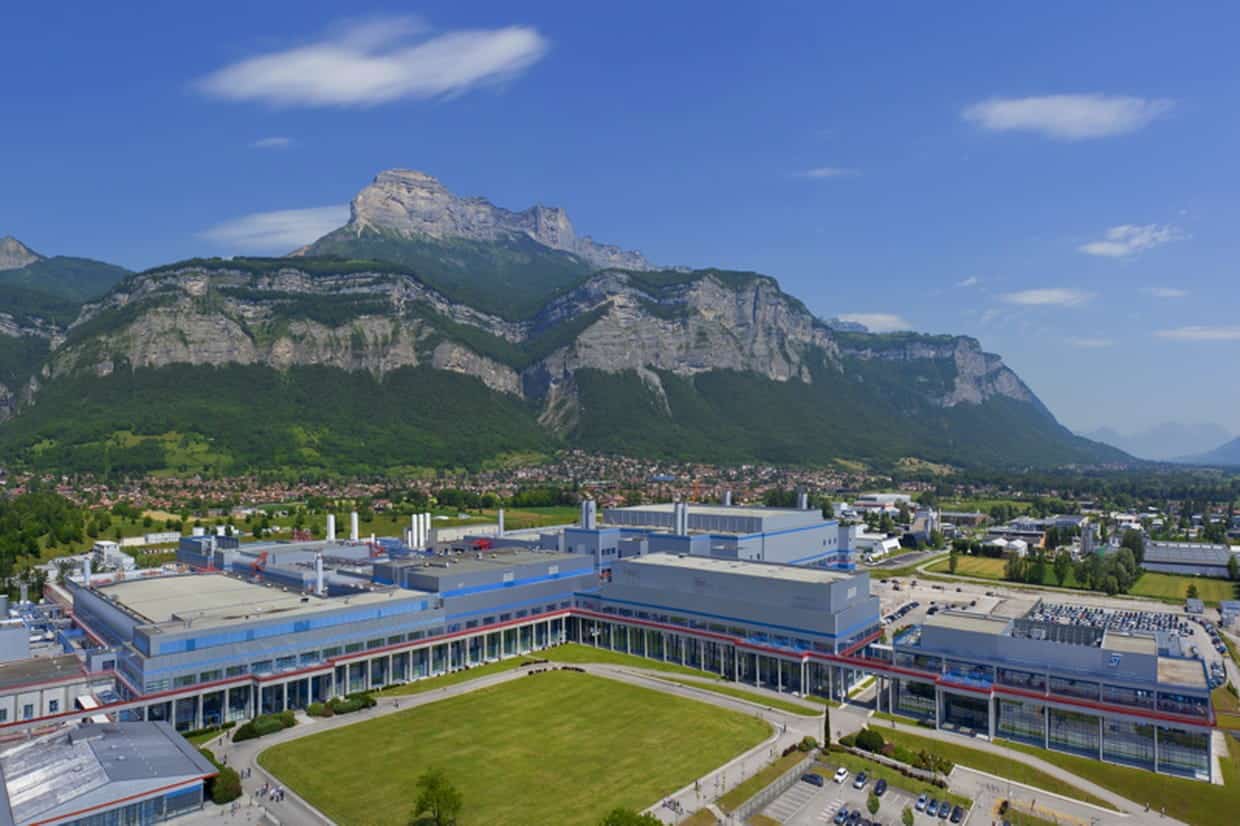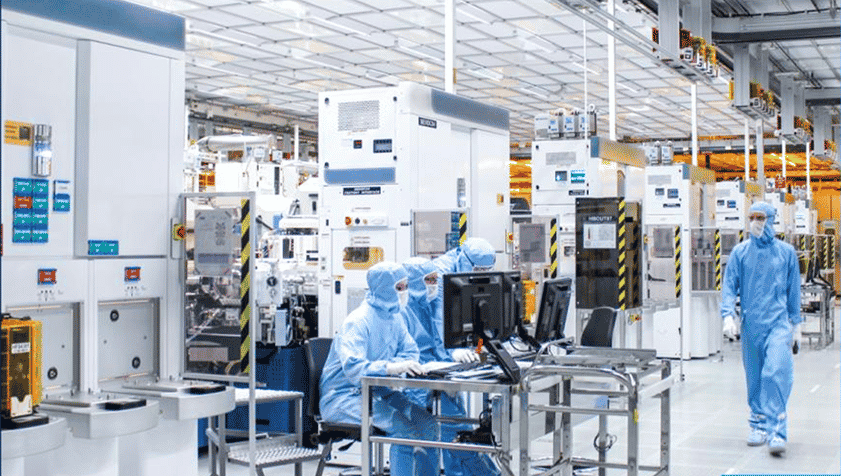
Installation of new generation cooling systems
STMicroelectronics is implementing new generation chillers and free cooling systems to improve the energy performance of its sites and reduce their consumption of natural gas.

Reduce the energy consumption of electronic equipment by improving the performance of power converters.
Compared to conventional Silicon technology, the GaN technology implemented by STMicroelectronics reduces the electrical losses of power converters in chargers, servers, photovoltaic systems, and electric motors by a factor of 2 and their volume of by a factor of 3.
The company thereby addresses the need for more power-efficient consumer electronics, computers, electric cars, and industrial equipment.
More specifically, this concerns:
on which the project has a significant impact
Avoided emission : Energy saving thanks to lower losses in the power converters (divided by 2)
For ST, the manufacturing of these new-generation power converters in the pilot manufacturing line will result in a surplus of GHG emissions from the production site. However, it will be significantly compensated by the reduction in GHG emissions upon integration of these electronic devices in equipment, as the new power devices will reduce their load loss by 50%.
Assuming these new circuits are implemented in cell phone chargers (3.5 kwh annual charge, of which 10% charge loss that will be reduced to 5%), we estimate that the net emission gain will be more than 3,000 tCO2eq/year.
Not communicated
January 2019
Tours, Indre et Loire (France)
GaN technology contributes to the following Sustainable Development Goals (SDGs):
The Tours pilot line will be transformed into a mass production unit, at the Tours site and possibly at other ST sites.
Various factors contribute to the success of this project:
A partnership between STMicroelectronics and Exagan, CEA-Leti, and IRT Nanoelec has been initiated.
sustainable.development@st.com

STMicroelectronics is implementing new generation chillers and free cooling systems to improve the energy performance of its sites and reduce their consumption of natural gas.

STMicroelectronics is installing abatement systems in its production sites to reduce perfluorinated compounds emissions…